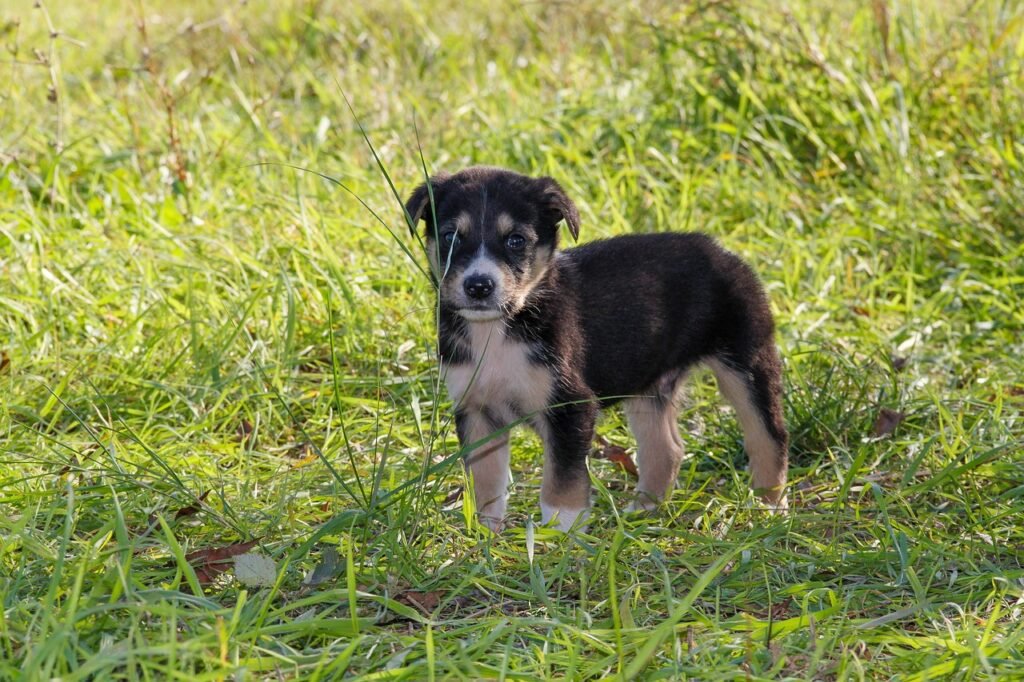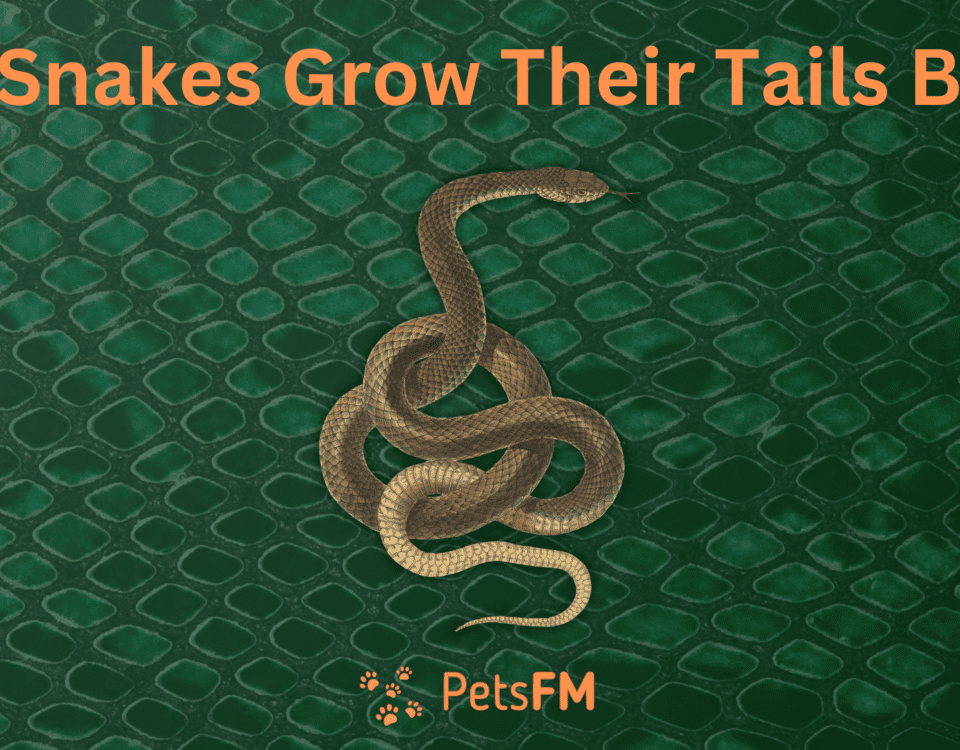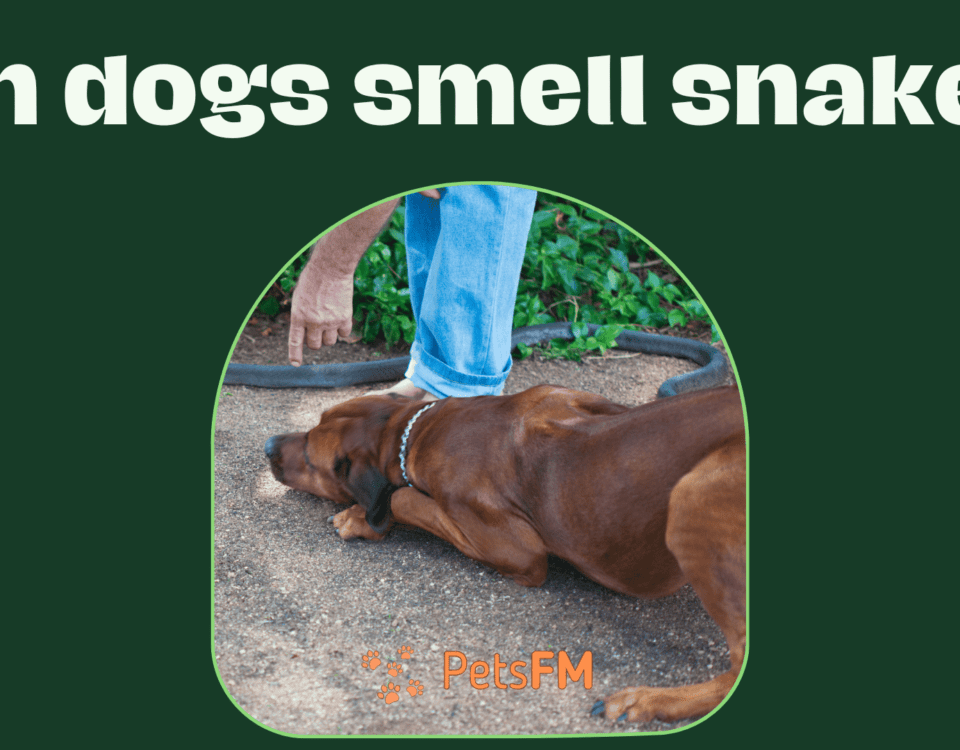


Why Do Birds Grind Their Beaks? (Cockatiels, Budgies, Parrots, etc.)
November 25, 2023


16 Amazing Birds That Talk like Humans to Keep as Pets
December 27, 2023Like humans, dogs are also mammals with reproductive abilities. However, their mating behaviors and experiences are quite different from those of humans. While humans often engage in sexual activity for pleasure as well as procreation, you might wonder if female dogs (bitches) experience a similar sense of pleasure during mating.
Female dogs are believed not to derive pleasure from mating activities. Research on this subject is scarce, but one hypothesis suggests that the evolutionary purpose of a sexual climax is to promote mating behavior, thereby enhancing reproductive success in dogs. This theory implies that any enjoyable sensations during mating serve primarily to increase the likelihood of procreation.
Being a responsible pet owner requires understanding your dog’s reproductive habits, enabling you to offer appropriate care and make knowledgeable choices regarding breeding.
Do Female Dogs Feel Pleasure When They Mate?
The primary goal of mating in animals, including female dogs, is reproduction. Animals generally mate driven by instinct, which is true for female dogs.
Female dogs do not experience pleasure during mating. When in heat, they undergo hormonal changes with increased estrogen and progesterone.
These hormonal fluctuations lead to physical and behavioral changes such as swelling of the vulva, bloody discharge rich in pheromones that attract male dogs, and other signs like humping, occasional aggression in the early stages, frequent urination, wandering, nesting, and extensive genital licking.


Black Dogs Mating
Additionally, they produce luteinizing hormones and progesterone, which are essential for sexual maturation and pregnancy preparation. When these signs become more evident, mating with male dogs occurs.
The mating process can be pretty strenuous for female dogs due to mismatched genital sizes and the prolonged duration of mounting, and the “copulatory tie,” where the male’s penis becomes locked inside the female’s vaginal vestibule for 10 to 30 minutes.
This process can be particularly uncomfortable and sometimes painful, especially for female dogs mating for the first time.
Thus, female dogs are driven to mate primarily by the hormonal shifts during their heat or estrous cycle, and the mating process can be an uncomfortable and even painful experience for them.
Female Dog’s Reproduction Physiology
In the reproductive cycle of a dog, hormonal changes lead to distinct behaviors and physical transformations in the genital area, all aimed at enhancing her ability to conceive.
The reproductive cycle of female dogs, or bitches, is categorized into four stages: proestrus, estrus, diestrus, and anestrus. It begins when they reach sexual maturity, which can be between 5 to 24 months of age, varying by breed.
They typically experience this ‘estrous cycle’ or ‘heat’ twice a year. The initial cycle, sometimes called ‘white heat’ or ‘silent heat,’ might be irregular as the body matures.
Proestrus Phase: This initial stage of the heat cycle begins with the swelling of the vulva. Estrogen levels rise, preparing for the release of an egg. Lasting between 3 to 17 days, the female dog may not be ready to mate and might exhibit tail tucking and personality changes.
Estrus Phase: Here, the vulva continues to swell, and there’s vaginal bleeding. The discharge’s color and consistency evolve throughout the cycle. Estrogen levels decrease while progesterone levels increase. This is the peak fertility period, with ovulation releasing eggs into the oviduct for potential fertilization. The bitch becomes receptive to mating with a male dog. This phase also lasts about 3 to 17 days.
Diestrus Phase: Marking the cycle’s end, this phase sees a reduction in swelling and vaginal discharge. If mating and fertilization have occurred, this phase extends from the end of estrus to birth, approximately 60 days, with high progesterone levels. The uterus and cervix must function correctly for successful pregnancy maintenance.
Anestrus Phase: The final and longest phase, lasting 100 to 150 days, is a resting period. Hormone levels return to normal, and the dog’s reproductive system rests until the next cycle.
Do Female Dogs Climax When Mating?
Whether female dogs experience climax during mating is a topic different from human experiences and is not a crucial factor for conception in dogs.
The sexual behavior in animals is primarily influenced by hormonal changes, which can be observed through alterations in facial expressions, body movements, and muscle relaxation during mating.


Do Female Dogs Climax When Mating?
While some researchers suggest that animals might experience some form of sexual climax, there is no definitive proof of this occurring in female dogs. Despite having erectile tissues similar to humans, there is no clear consensus or evidence among scientists regarding sexual climax in female canines.
Determining whether female dogs experience climax is challenging, and there are no behavioral indications that suggest they engage in sexual intercourse for pleasure. Female dogs have a different sexual cycle compared to humans, primarily driven by instinctual urges for reproduction rather than personal gratification.
Also, Read: 12 reasons why your dog hangs their heads low [+solutions]
Signs Female Dogs Show When They Want To Mate
Mating is a crucial part of your dog’s life for preserving its lineage. Knowing when your female dog is ready to mate, especially if she hasn’t been pregnant before, is essential.
You can identify her readiness through specific physical and behavioral changes, such as:
- Vulva Swelling: As a female dog enters her heat cycle, her vulva swells, becoming more pronounced and tilted upwards, facilitating easier mating with a male dog.
- Change in Discharge: Initially, there will be a bloody discharge for about 7-10 days during the heat cycle. The discharge’s color gradually shifts from deep red to lighter shades, indicating fertility about 12 days after bleeding begins.
- Increased Urination: A female dog in heat often urinates more frequently. She might venture beyond her usual area to urinate, releasing pheromones and hormones that attract male dogs.
- Genital Grooming: Due to irritation and secretions, female dogs will pay more attention to grooming their genital area.
- Rear Elevation When Touched: When petted, the female dog might lift her hindquarters and shift her tail to one side, signaling her readiness to mate.
- Aggressive Behavior: She may become less friendly towards other female dogs but more receptive to male dogs.
- Seeking Male Dogs: Female dogs ready to mate might try to leave home in search of male dogs, show unusually affectionate behavior towards them, or even attempt to mount other dogs if a male is unavailable.
Recommended Reading: Do’s and Don’ts of Scruffing Your Dog: A Comprehensive Guide
Why Female Dogs Cry During Mating? Are They Feeling Any Pain?
Female dogs may exhibit signs of distress, such as crying or whining, during mating for various reasons, particularly if it’s an unfamiliar or uncomfortable experience.
Here are some common reasons for this reaction:
1: Not Ready for Mating
In the initial phase of their heat cycle, the pre-estrus female dogs undergo physical changes like vulva swelling and bloody discharge, which can attract male dogs.
However, at this stage, they might be more aggressive and not ready to mate as their bodies are still adjusting. Mating attempts during this period can be painful, leading to vocalization.
2: Stress or Anxiety
Especially if it’s her first mating experience, a female dog might cry due to stress or anxiety. This reaction could also stem from a previous unpleasant mating encounter. The pressure of mounting and the abruptness of penetration can contribute to this distress.
3: Size Mismatch
Breeding dogs of significantly different sizes isn’t recommended. A smaller female dog may struggle with the weight of a larger male during mating, leading to painful penetration. Additionally, size differences can pose complications during pregnancy and delivery, such as cephalopelvic disproportion.
Do female dogs have a G-spot?
The concept of a “G-spot,” as understood in human sexual anatomy, does not have a direct counterpart in female dogs. The G-spot in humans is an area that can contribute to sexual pleasure and is part of the broader and complex nature of human sexuality.
In contrast, the sexual anatomy of female dogs is structured primarily for reproduction rather than pleasure. The reproductive system of female dogs, including the ovaries, uterus, and vagina, is designed to facilitate ovulation, fertilization, and gestation.


Their mating behavior is primarily driven by instinctual and hormonal cues associated with their reproductive cycle.
Therefore, while dogs do have a complex reproductive anatomy, it is not geared toward sexual pleasure in the same way as humans, and they do not possess a structure analogous to the human G-spot.
Their mating behaviors and responses are more closely tied to the biological imperatives of reproduction rather than the pursuit of sexual pleasure.
Do Male Dogs Feel Pleasure When Mating?
Mature male dogs, known for their lack of selectivity in breeding, are always ready to mate with a female in heat at any time during the year, reacting primarily to the hints presented by the estrous female.
Upon encountering a receptive female, the male dog will climb her. This leads to successful penetration and, subsequently, a “copulatory tie,” which can last anywhere from 10-30 minutes to an hour, during which sperm is released.
This sperm release often triggers an intense ejaculatory response in the male dog, accompanied by increased testosterone levels and noticeable stepping movements of the hind legs, particularly pronounced in the first 15-30 seconds following sperm release.
After the pelvic thrusting stops, the male dog typically swings his leg over the female’s body and stands facing away from her while still tied. This position, which also twists the penis, is maintained quietly until the tie naturally subsides.
Any attempt at forceful separation during this time can cause pain to both dogs. Thus, the entire mating process is heavily influenced by hormones and can be a stressful and sometimes uncomfortable experience, especially for the male dog.
Editor’s Pick: Why does my dog keep putting its puppy in the mouth? 8 Reasons
Conclusion
The nature of mating is fundamentally different between humans and animals. In humans, mating can often be motivated by pleasure, whereas in female dogs, it is predominantly focused on reproduction. Controlled mainly by hormonal influences, female dogs do not experience mating as a pleasurable activity but rather as a means of procreation.



